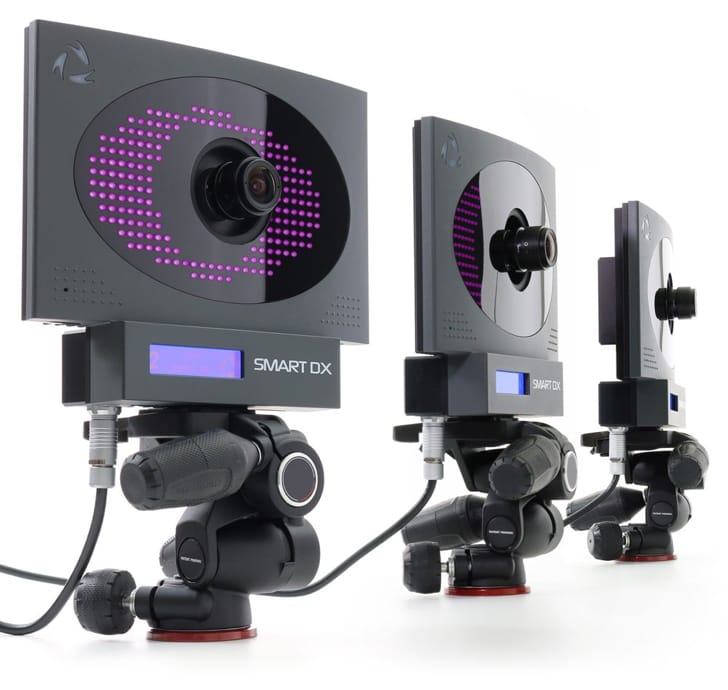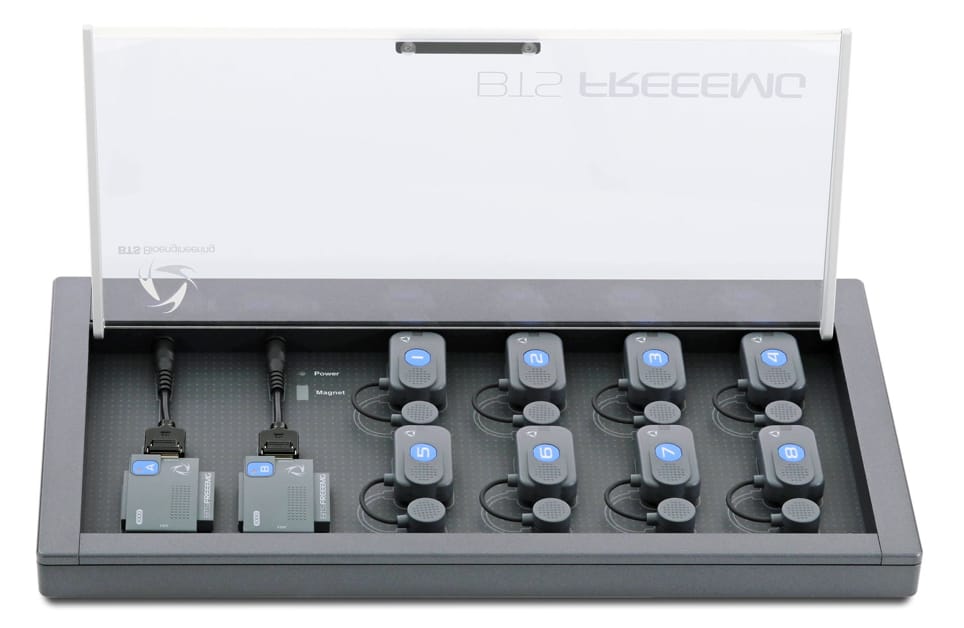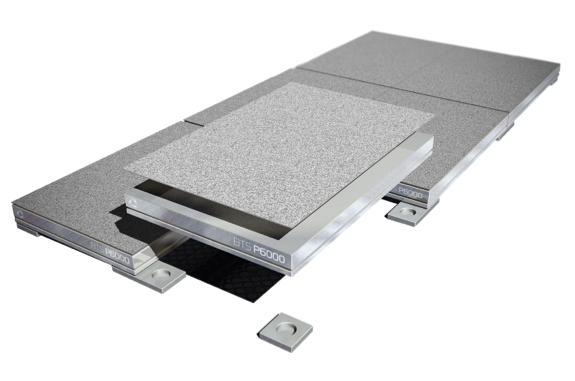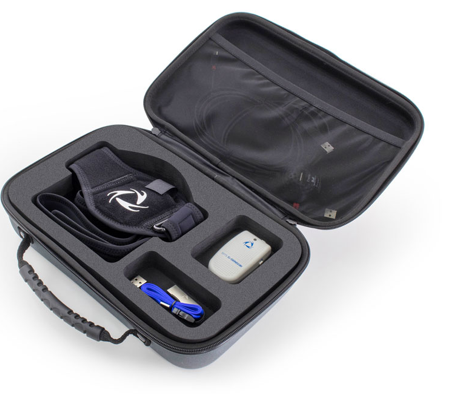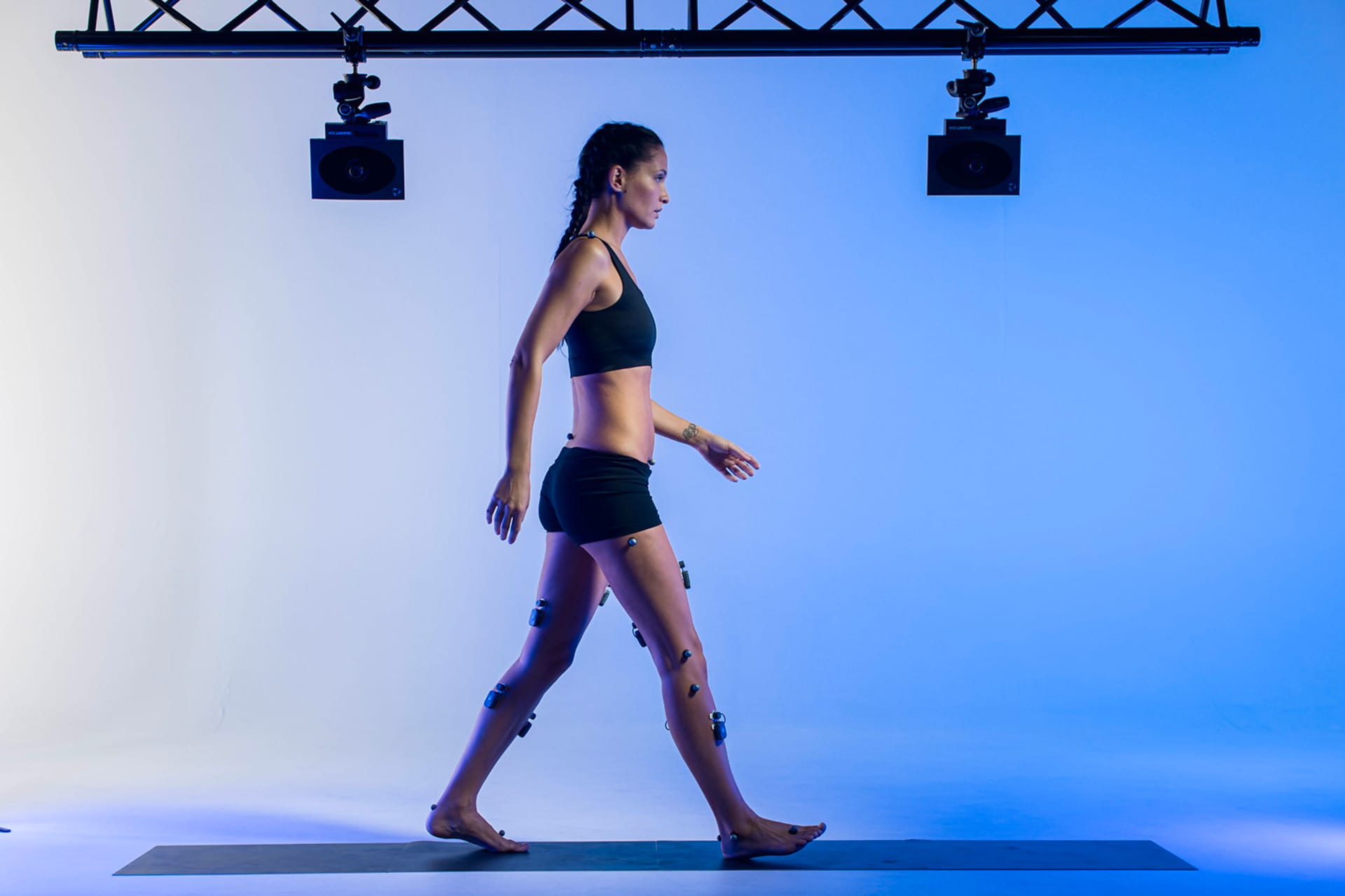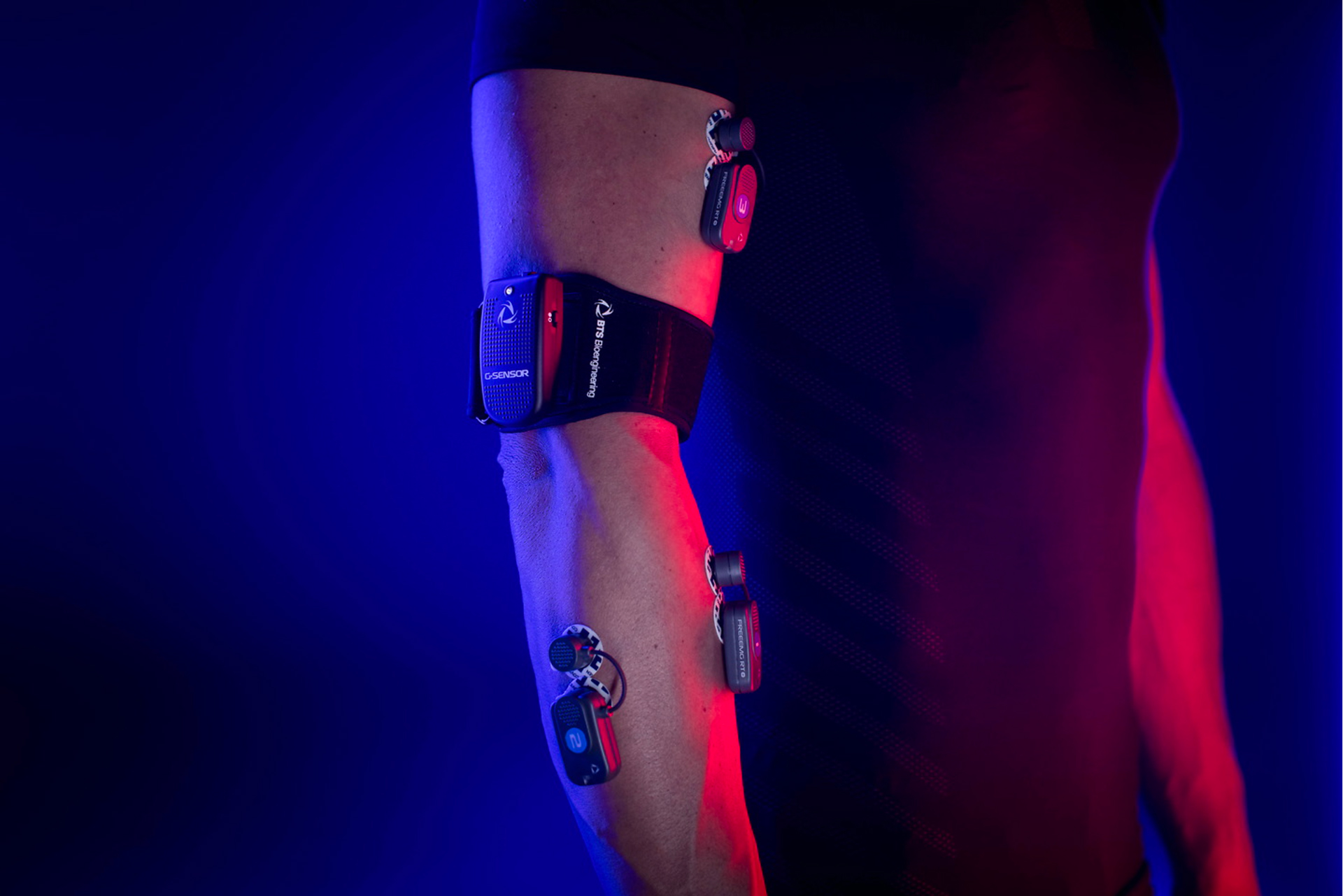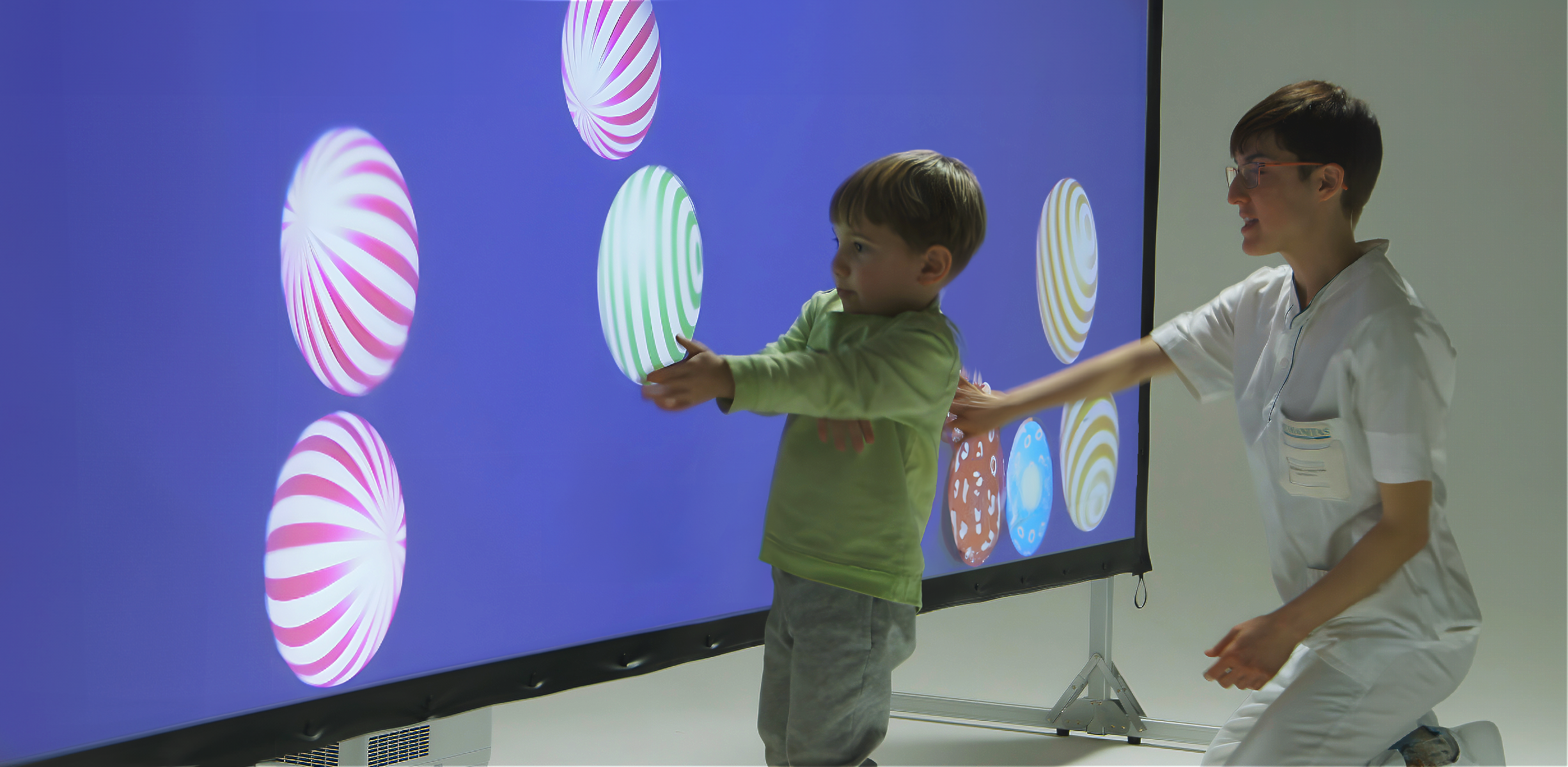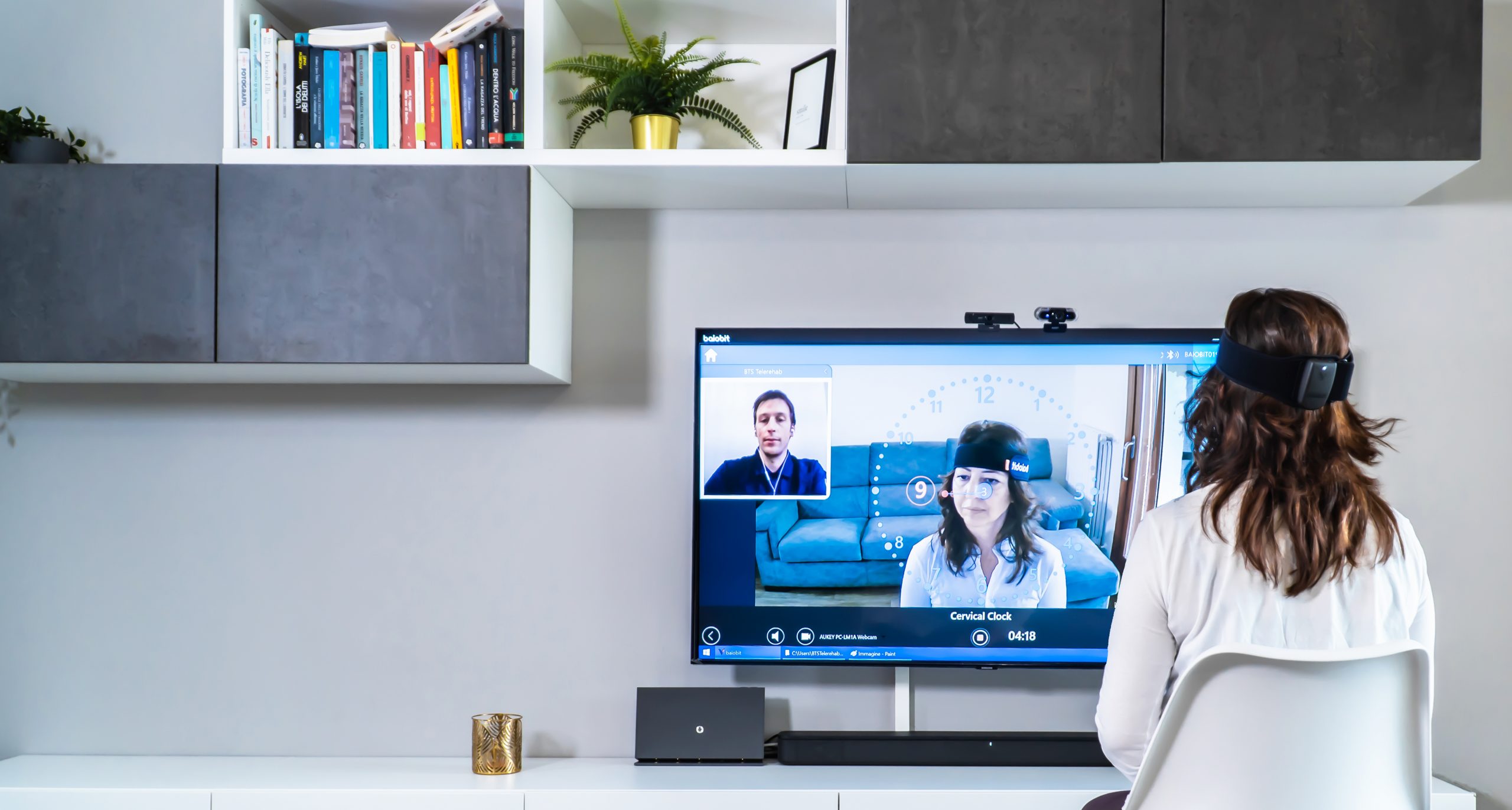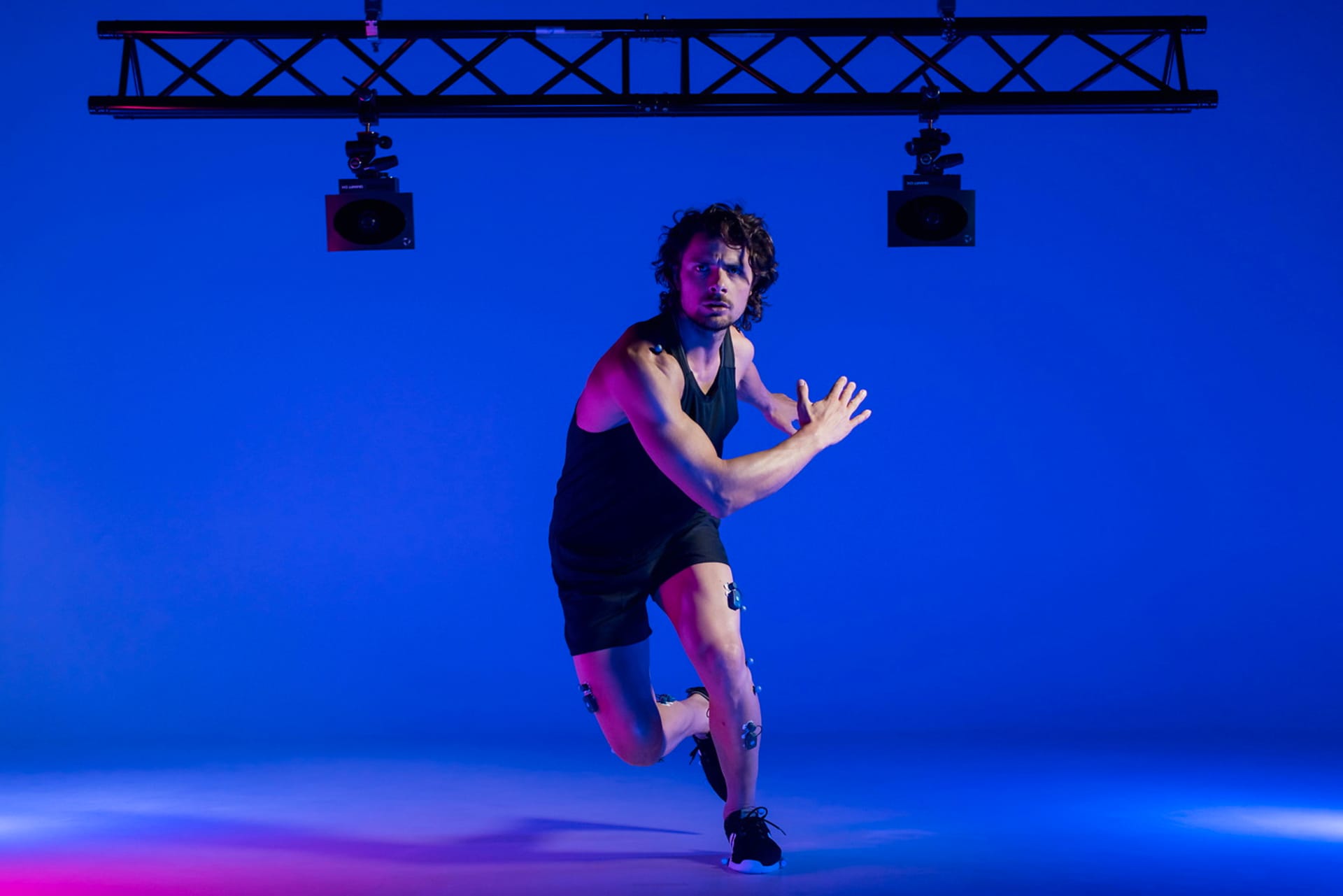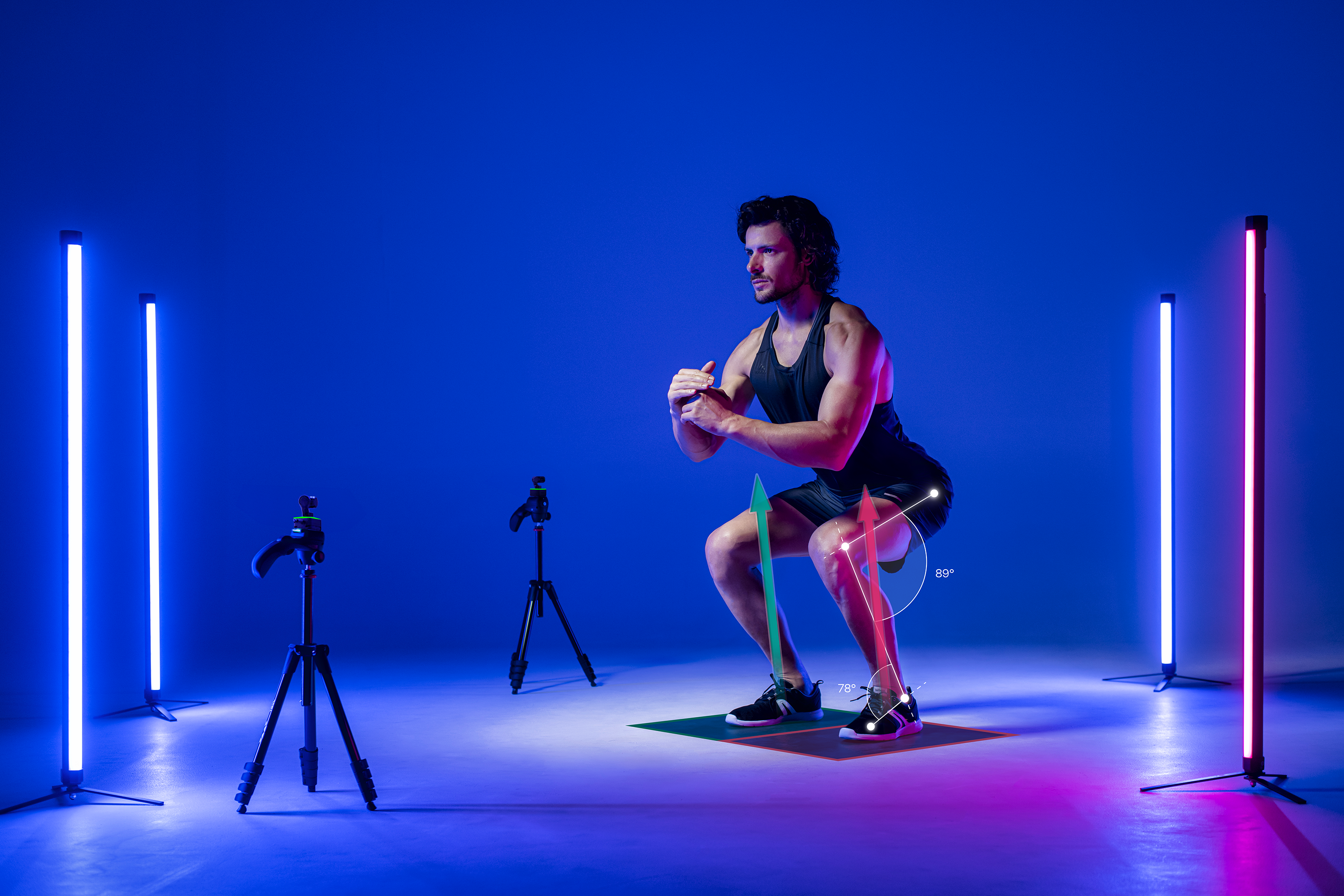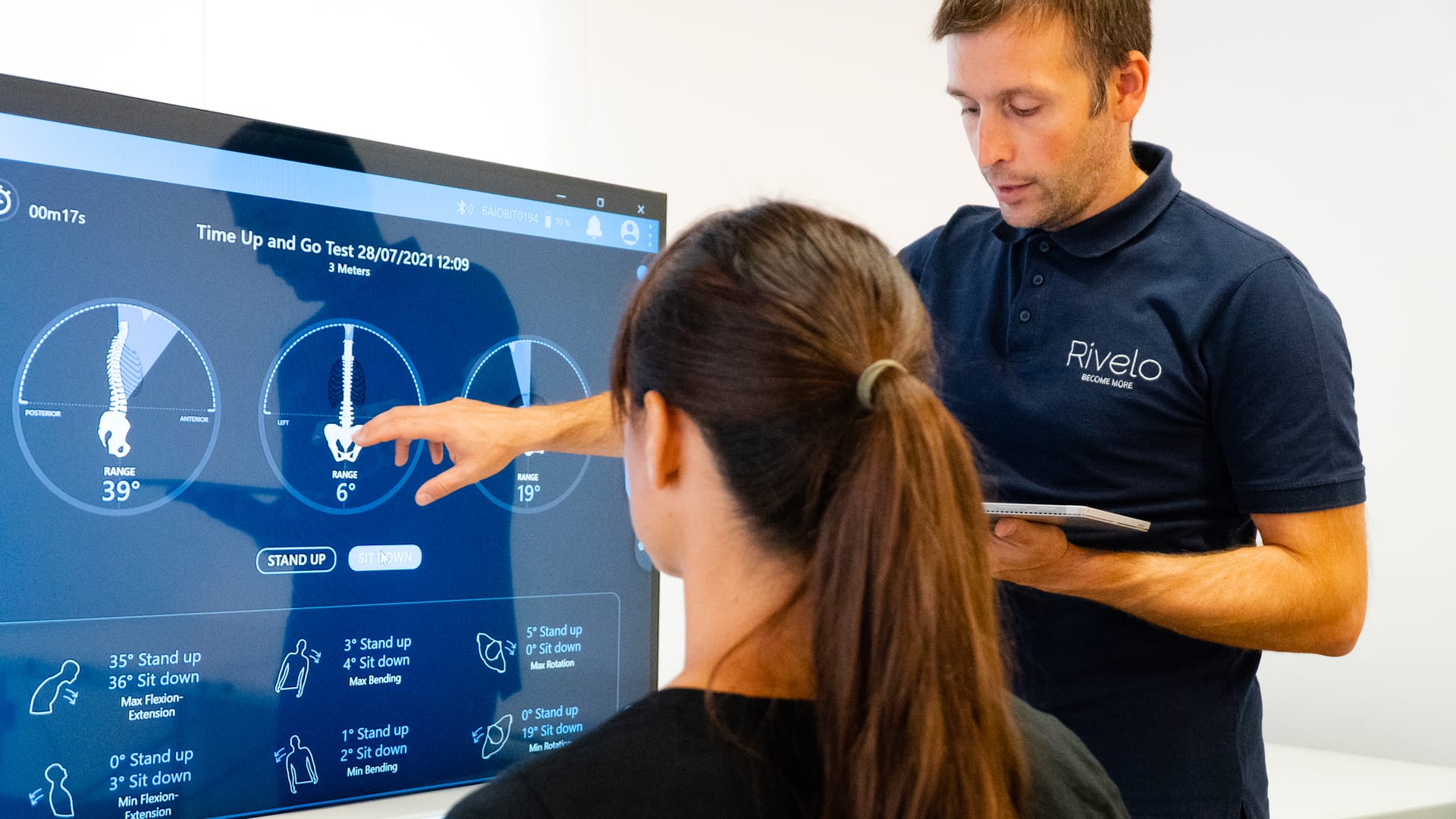Innovative application of BTS NIRVANA in autism spectrum disorder

Author: Marta Francisca Corrà, Ph.D.
Autism spectrum disorder (ASD) is a developmental disability that involves problems with communication and social interaction and restricted or repetitive behaviors or interests. People with ASD may have different ways of learning, moving, or paying attention. The main disorders mainly involve conditions in which people have difficulty establishing normal social relationships, use language abnormally, and exhibit restricted and repetitive behaviors. They also manifest difficulties in communicating and getting on with others. More than 60% of people with ASD usually have motor deficits, including incoordination during gross and fine motor activities, poor balance, and clumsy gait.
Today, cognitive behavioral therapy (CBT) intervention is the main clinical method for the ASD treatment. This latter aims to improve cognitive and behavioral abnormalities through specific and repetitive exercises (Anderson & Morris, 2006). However, this treatment can be challenging for both patients and therapists, due to the repetition of task-oriented exercises, especially when applied to this specific patient population. Virtual reality (VR) makes cognitive and behavioral programs accessible to children with ASD thanks to its ability to maintain attention and provide structured and customized activities (Rizzo & Buckwater, 2004).
In literature, there is growing evidence on the use of CBT for ASD, thanks to its efficacy on cognition, affective communication, social skills, and facial emotion perception. However, a recent meta-analysis, Weston et al. (2016), showed that more studies are needed to demonstrate that CBT in virtual reality is an empirically validated treatment for ASD.
Considering this, a study was conducted by De Luca et al (2019) to investigate the effects of VR training on a 16-years-old ASD patient. The research group used an innovative VR-based medical device, BTS NIRVANA, which supports both motor and cognitive rehabilitation in patients with neurological disorders. With BTS NIRVANA, it was possible to analyze the feasibility and efficacy of VR devices for this specific condition. To stimulate both cognitive and behavioral abilities, two different types of training were performed: a standardized approach, in a conventional therapeutic setting with face-to-face therapists, which was administered during the first month of training. The second approach was a VR environment, using BTS NIRVANA. This combined approach of CBT+VR was administered after one month of rest. The entire training program consisted of 48 sessions.
The main results of this study showed a general mild improvement, especially in the attention process, following the traditional CBT training. In addition, after the VR training with BTS NIRVANA, a significant enhancement was observed also in the other cognitive domains, particularly in attention processes, ability of visual search, scanning and visuo-spatial skills. This study also showed a considerable reduction of stereotyped behaviors, with a consequently better therapeutic compliance.
The study highlighted that the combined rehabilitation treatment using CBT with VR may be a promising tool for treating neurodevelopmental disorders such as ASD. The improvement of cognition, in particular attention and visuo-spatial skills, supported a better adaptive behavior. BTS NIRVANA allows the creation of controllable and protective environments and offers multisensory stimulation, in addition to promoting the functional and psychological autonomy and developing self-control ability. Nevertheless, further studies are still needed to explore the VR potential in ASD patients.
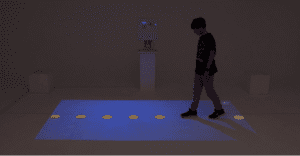
Fig.1 BTS NIRVANA exercise during CBT+VR training
References
- Anderson, S., & Morris, J. (2006). Cognitive behavior therapy for people with asperger syndrome. Behavioural and Cognitive Psychotherapy, 34(3), 293–303. doi:10.1017/S1352465805002651
- De Luca, R., Leonardi, S., Portaro, S., Le Cause, M., De Domenico, C., Colucci, P., Pranio, F., Bramanti, F., Calabrò, R. (2019). Innovative use of virtual reality in autism spectrum disorder: A case-study, Applied Neuropsychology: Child, DOI: 10.1080/21622965.2019.1610964
- Rizzo, A., & Buckwater, J. (2004). Virtual reality and cognitive assessment and rehabilitation: The state of the art. In: Riva G, (Ed.), Virtual Reality in Neuro-Psycho- Physiology, NY, pp. 123–146
- Weston, L., Hodgekins, J., & Langdon, P. E. (2016). Effectiveness of cognitive behavioural therapy with people who have autistic spectrum disorders: A systematic review and meta-analysis. Clinical Psychology Review, 49, 41–54. doi:10.1016/j.cpr.2016.08.001
